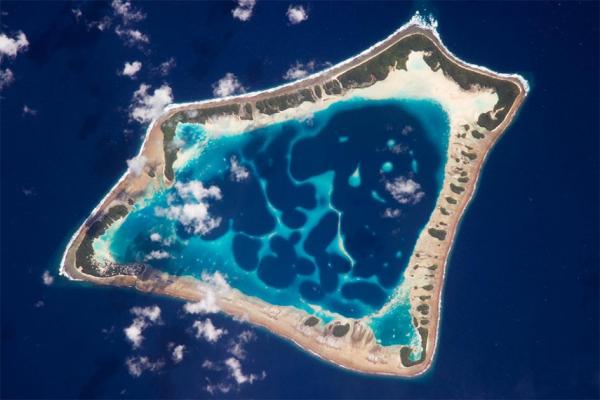
Why Tokelau is at Risk
The islands lie due north of Samoa and north-east of New Zealand. Tokelau is made up of three atolls: Nukunonu, Atafu, and Fakaofo. Villages are situated the low-lying coral atolls enclosing large lagoons. There is no official capital although Nukunonu is the largest.
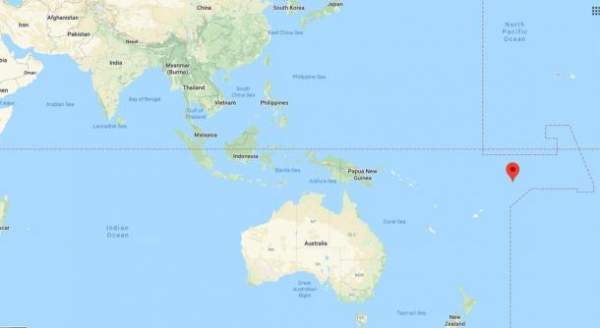
Location of Tokelau, Pacific Ocean (Google Maps)
The combined landmass is 7 square miles (12 km2) and 16 feet (5 meters) above sea level which puts the nation at risk from rising seas caused by global warming . In total only 1600 people live on the islands and in terms of population, Tokelau is the fourth-smallest country.
The History of Tokelau
The islands were first settled by members of the Lapita culture, regarded as the ancestors of the modern Polynesians, in around 1000 AD. These islands may have been a steppingstone for the Lapita as they colonized eastern Polynesia.
Tokelau was once dominated by chiefs who often engaged in tribal warfare . The victor would rule the others and dominate all three atolls. Each of the islands had a council of elders which represented the local clans. While Tokelau remained politically divided it was culturally homogeneous. Much of the population may have lived on the islands on a seasonal basis because of the scarce resources and lived a subsistence lifestyle with a diet of fish and coconuts.
The first contact with Europeans was in the 18 th century and interaction was sporadic until the mid-19 th century. French Catholic and British Protestant missionaries converted the locals from the 1850s. In the late 1860s, Peruvian slavers abducted many of Tokelau’s male population and the majority never returned. Polynesian and European migrants settled on the island and by marrying local women, repopulated the atolls.
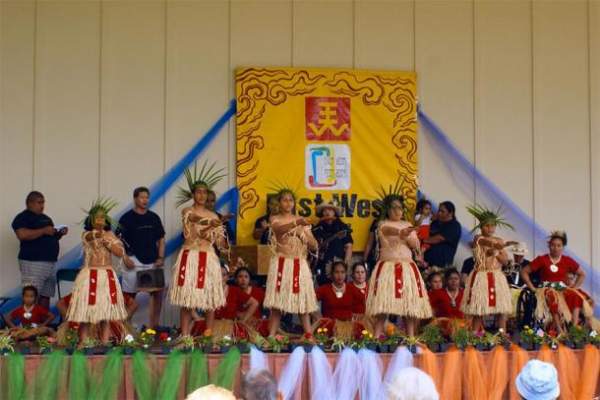
Cultural Dances of Tokelau (Timur. T / CC BY-NC-ND 2.0 )
In the 1870s the British annexed the island. This was despite claims made by America, who had occupied what became American Samoa and Swain Islands, which is geographically and culturally part of the Tokelau Islands. This led to a territorial dispute which has still not been resolved.
Since 1926 the islands have been administered by New Zealand as the British Empire handed over control of Tokelau to New Zealand after WWI. In 1976 the inhabitants voted to change the name of their country from the Union Islands to Tokelau, which means ‘north wind’. The islanders have rejected full independence in two referenda.
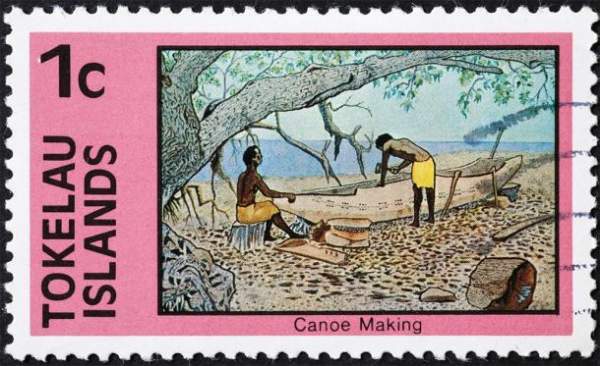
Canoe making on postage stamp of Tokelau ( Silvio / Adobe Stock)
The islands were devastated by a cyclone in 2004 and because the nation is at risk of disappearing beneath sea levels due to global warming, the people are very aware of environmental issues. Conservation is an important issue in Tokelau, and this is recognized through the banning of certain fishing activities in specific parts around the lagoon. Species such as the swordfish, turtle, and whale are sacred.
It was the first country to be entirely dependent on sustainable energy sources, mainly solar power. The administration of the country is unique and local village councils still play a key role in the government. Most Tokelauans lived off the islands.
Sights to See in Tokelau
The waters and the beaches are remarkable and have many rare species of fish and insects. The villages of the atolls are built in a distinctive local style, merging Polynesian and western designs. Many traditions are still carried on in the villages, in much the same way that they have been for centuries, such as canoe building.
Because of the complexity in building a traditional canoe, certain rites in canoe building are maintained, with the master carpenter designing and overseeing the task. Canoes are important not only for fishing, but also for preserving the knowledge and skills. Although modern boats are available, the traditional canoe is still the favorite choice for fishing, due to its flexibility when fishing. Fish are brought to the village and equally distributed to all the families on the island.
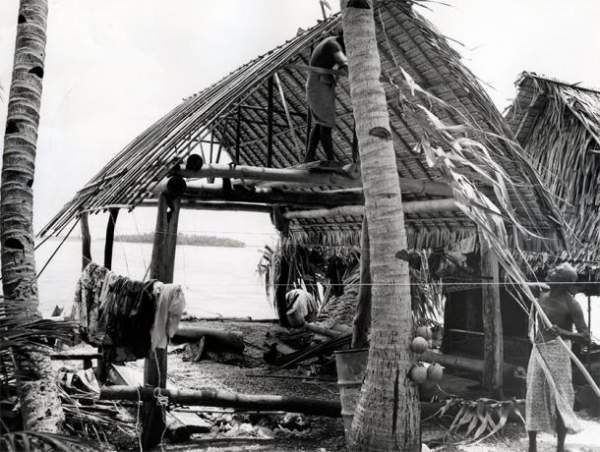
Rebuilding a house damaged by a storm. Fakaofo, Tokelau Islands (Nicholson / CC BY 2.0 )
The Trip to Tokelau
These islands are not only one of the smallest nations in the world, they are also remote. The best way to visit the islands is to board a boat from Samoa, which stops at five other islands and takes up to two days to reach Tokelau. On Tokelau there are a few hotels and guided tours are also available.







